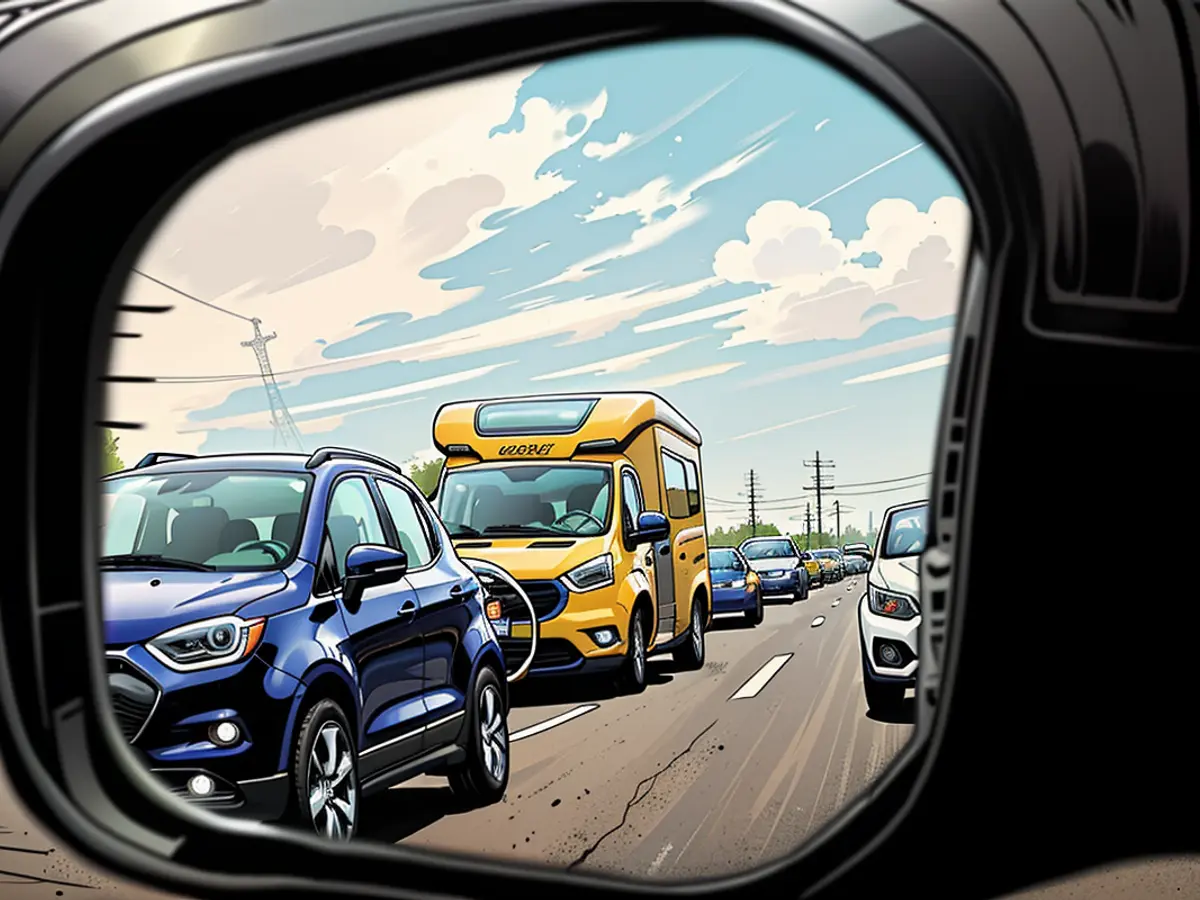How it goes with the electric car on vacation
People traveling longer distances with an electric car need to plan a little more than those with a combustion engine. Some preparations are, however, the same.
The vacation season is in full swing, and many holidaymakers are on the road with their cars to reach their vacation destinations. A growing number of Germans are now using an electric car for this purpose. This works smoothly, but there are a few things to consider to ensure a stress-free journey.
In general, electric cars are also suitable for longer vacation tours. The higher the vehicle's range, the fewer charging stops need to be planned. In Central and Northern Europe, one can hardly worry about the charging infrastructure, including a broad range of fast charging stations.
However, things look different when traveling towards Southern and Eastern Europe. The charging network is less well developed there; charging stations are often found more along major routes than in the hinterland. If someone finds a charging opportunity near or even directly at their vacation accommodation, they have little to worry about. A mobile wallbox with various adapter plugs helps with charging at different power outlets.
Route planning including charging stops
For route planning including charging stops, there are various options to choose from. Good vehicle navigation systems take into account the current consumption, traffic situation, battery capacity, and availability of charging stations to suggest charging stops. Ideally, the battery is preconditioned at the chosen stop, allowing charging under optimal conditions.
Other navigation systems only show charging stations in the vicinity or along the route. Apps also support charging planning. Some, often developed by car manufacturers for their vehicles, use vehicle data in their calculations, while others use information about the vehicle model and average consumption for charging suggestions.
Consumption and charging times: don't rely too much on the manufacturer's values
Drivers should realistically assess their consumption and not blindly rely on the stated norm consumption. After all, high-speed driving on the highway increases consumption; detours, traffic jams, and the air conditioning system working at high temperatures during long journeys can also drive up consumption. Additionally, the charging times stated by the manufacturer should not be taken too literally and more time should be planned. In everyday life, it usually takes longer to fully charge the battery.
Especially in the range between 80 and 100 percent. It makes more sense to charge only up to 80 percent. Those who must be at their vacation destination at a specific time to, for example, receive the keys to their accommodation, should not forget to factor in charging times in their travel plans. Travelers who want to take a ferry to a Greek island should also set up their charging management so that the battery is no more than 40 percent charged when they arrive at the harbor. Otherwise, they may not be allowed on the ferry.
Consider personal preferences when choosing charging stations
When choosing charging stations, individual preferences can be taken into account, such as restaurants or playgrounds in the vicinity. Such a selection with playgrounds is, for example, suitable for trips with children. The charging stop can then be used for entertainment.
It's important to have a plan B in place in case of problems at the charging station. It's best to research alternatives in advance and not have to search for them with expensive roaming internet tariffs. In this context, it helps to not drive the remaining range down to the last kilometers. A remaining range of 10 to 20 percent provides a sense of calm when searching for charging stations unexpectedly.
The ADAC recommends choosing locations with many charging points during route planning. This reduces the risk of not being able to charge at all or increases the likelihood that a charging point will become free during heavy demand in the foreseeable future.
How to pay?
Part of the preparation for the journey is dealing with payment methods. Which cards and apps are accepted on the road? Do they work in foreign countries? Do you need to register with charging station operators in advance? Can the car "Plug and Charge"? What about charging tariffs? Obtaining this information prevents unpleasant and potentially expensive surprises on site.
There are also preparations for the road trip that apply to all vehicles, such as avoiding peak travel times. The Central Association of German Motor Trade (ZDK) recommends, for example, adjusting tire pressure to the load before starting a road trip, cleaning the windows, and filling the windshield washer fluid with summer washer fluid. A pre-trip inspection at the workshop before longer tours is also beneficial.
When it comes to luggage, less is often more, as experience shows. Fewer clothes and toys are usually sufficient. Not only for electric cars, having less weight and giving up a roof box has a positive impact on consumption.
During their vacation, electric car owners should consider the less developed charging infrastructure in Southern and Eastern Europe. Planning to charge at their vacation accommodation or using a mobile wallbox with various adapter plugs can help in such situations.
To ensure a stress-free journey, drivers should realistically assess their consumption and not blindly rely on the stated norm consumption. Additionally, charging times stated by the manufacturer should not be taken too literally, and more time should be planned, especially in the range between 80 and 100 percent.








